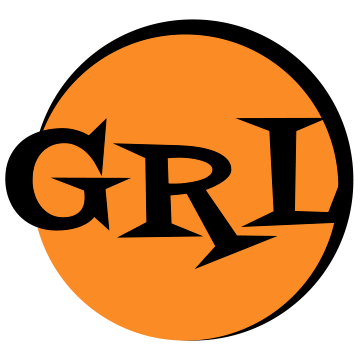| 📝 CompFAQ » Digital Writing | 📖 |
Hyperlinks in Technical Writing
In digital communication, hyperlinks have emerged as a fundamental element in the realm of technical writing. Digital writers should have a deep understanding of hyperlinks and their nuanced applications.
At its core, a hyperlink—or more commonly link—is a textual or visual element within a document, web page, or digital interface that, when activated, redirects the user to another location, often within the same document or to an external resource. Hyperlinks are the digital bridges that facilitate the seamless navigation of the vast information ecosystem. To comprehend hyperlinks fully, it is essential to explore their types, including inline links and anchor links.
Inline links, also known as embedded links, are those embedded within the text of a document. They are typically indicated by colored, underlined text. For example, in a blog post discussing The Waste Land by T.S. Eliot, a hyperlink within the text might lead to a critical analysis of the poem’s symbolism.
Anchor links, on the other hand, are often used to navigate within the same document. They allow readers to jump to specific sections or headings within a lengthy text. In an online article, anchor links can provide convenient access to various sections like the introduction, literature review, methodology, and conclusion.
Effective Hyperlinking
A well-crafted hyperlink can significantly enhance the reader’s experience and comprehension of technical documents. To achieve this, consider the following best practices:
Descriptive Text: The text used for hyperlinks should be informative and indicative of the linked content. Avoid vague phrases like “click here” and opt for descriptive text such as “Read the text by Lyotard.” Likewise, never just paste in a URL when you can link actual English words.
Relevance: Ensure that hyperlinks are relevant to the context and add value to the reader’s understanding. Irrelevant or excessive hyperlinks can distract and overwhelm the reader.
Consistency: Maintain a consistent style for hyperlinks in terms of color and formatting throughout the document to create a cohesive reading experience.
Accessibility: Make hyperlinks accessible to all readers, including those with disabilities, by providing alternative text descriptions for visual elements and ensuring compatibility with screen readers.
Testing: Before finalizing a document, thoroughly test hyperlinks to ensure they function correctly. Broken links can undermine the credibility of the content.
Pitfalls to Avoid
While hyperlinks are invaluable tools in technical writing, misuse can detract from the quality of the document. Here are common pitfalls to steer clear of:
Overlinking: Resist the temptation to hyperlink every possible term or concept. Overlinking can disrupt the flow of the text and overwhelm the reader. Selectively hyperlink key terms and concepts relevant to the document.
Unclear Linking: Ambiguously labeled hyperlinks can confuse readers. Always use clear and descriptive anchor text to indicate the destination.
External Link Overload: In academic or technical documents, an excess of external links can lead readers away from the primary source. Balance external and internal links judiciously. Sources should be linked only once on a single page.
Failure to Update: Links to external resources may become outdated over time. Regularly review and update hyperlinks to maintain the document’s relevance.
Links and Sources
In academia, hyperlinks play a pivotal role in disseminating knowledge. They enable scholars to connect their research to a broader academic discourse. For graduate students in technical writing, the citation of reputable sources through hyperlinks can elevate the credibility of their work. Consider adopting a digital citation style and practice it consistently. Also, when writing on a site like Wikipedia, be sure to follow its style manual for linking and sourcing.
Hyperlinks are indispensable tools in the arsenal of technical writers in the digital age. They serve as navigational aids, enhancing the accessibility and comprehensibility of complex technical documents. However, their effectiveness hinges on careful consideration of best practices and an awareness of potential pitfalls. By mastering the art of hyperlinking, graduate students in technical writing can enhance the quality of their work and contribute to the ever-expanding realm of digital knowledge dissemination.
| Written: 2002, 2022; Revised: 09-20-2023; Version: Beta 0.7 | 💬 |
